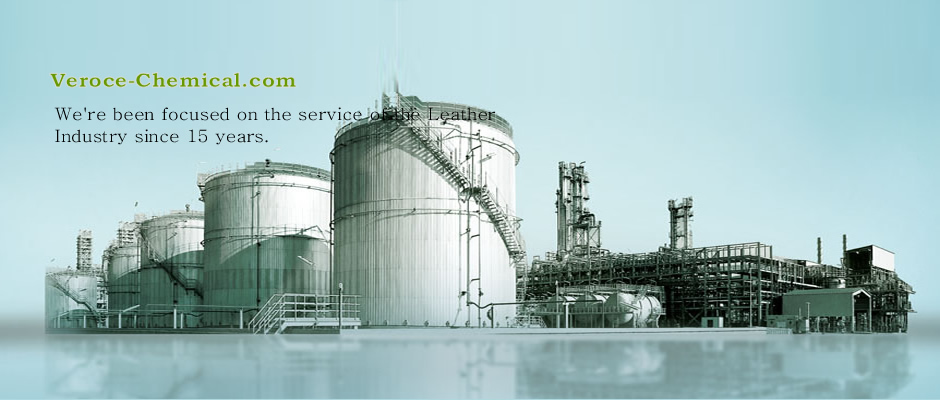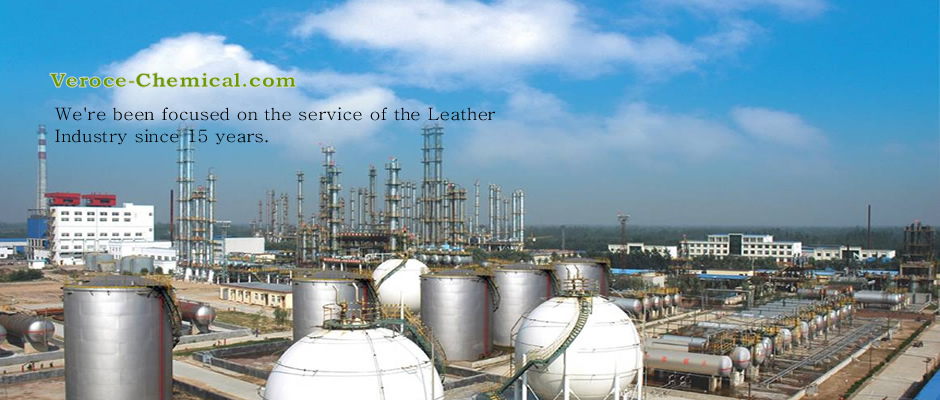 Theory to explain the distinct features of emulsion polymerization
Theory to explain the distinct features of emulsion polymerizationThe first successful theory to explain the distinct features of emulsion polymerization was developed by Smith and Ewart,[10] and Harkins[11] in the 1940s, based on their studies of polystyrene. Smith and Ewart arbitrarily divided the mechanism of emulsion polymerization into three stages or intervals. Subsequently it has been recognized that not all monomers or systems undergo these particular three intervals. Nevertheless, the Smith-Ewart description is a useful starting point to analyze emulsion polymerizations. Schematic diagram of emulsion polymerization The Smith-Ewart-Harkins theory for the mechanism of fr...
 Emulsion polymerization
Emulsion polymerizationEmulsion polymerization is a type of radical polymerization that usually starts with an emulsion incorporating water, monomer, and surfactant. The most common type of emulsion polymerization is an oil-in-water emulsion, in which droplets of monomer (the oil) are emulsified (with surfactants) in a continuous phase of water. Water-soluble polymers, such as certain polyvinyl alcohols or hydroxyethyl celluloses, can also be used to act as emulsifiers/stabilizers. The name "emulsion polymerization" is a misnomer that arises from a historical misconception. Rather than occurring in emulsion droplets, polymerization takes place in the latex particles that...




